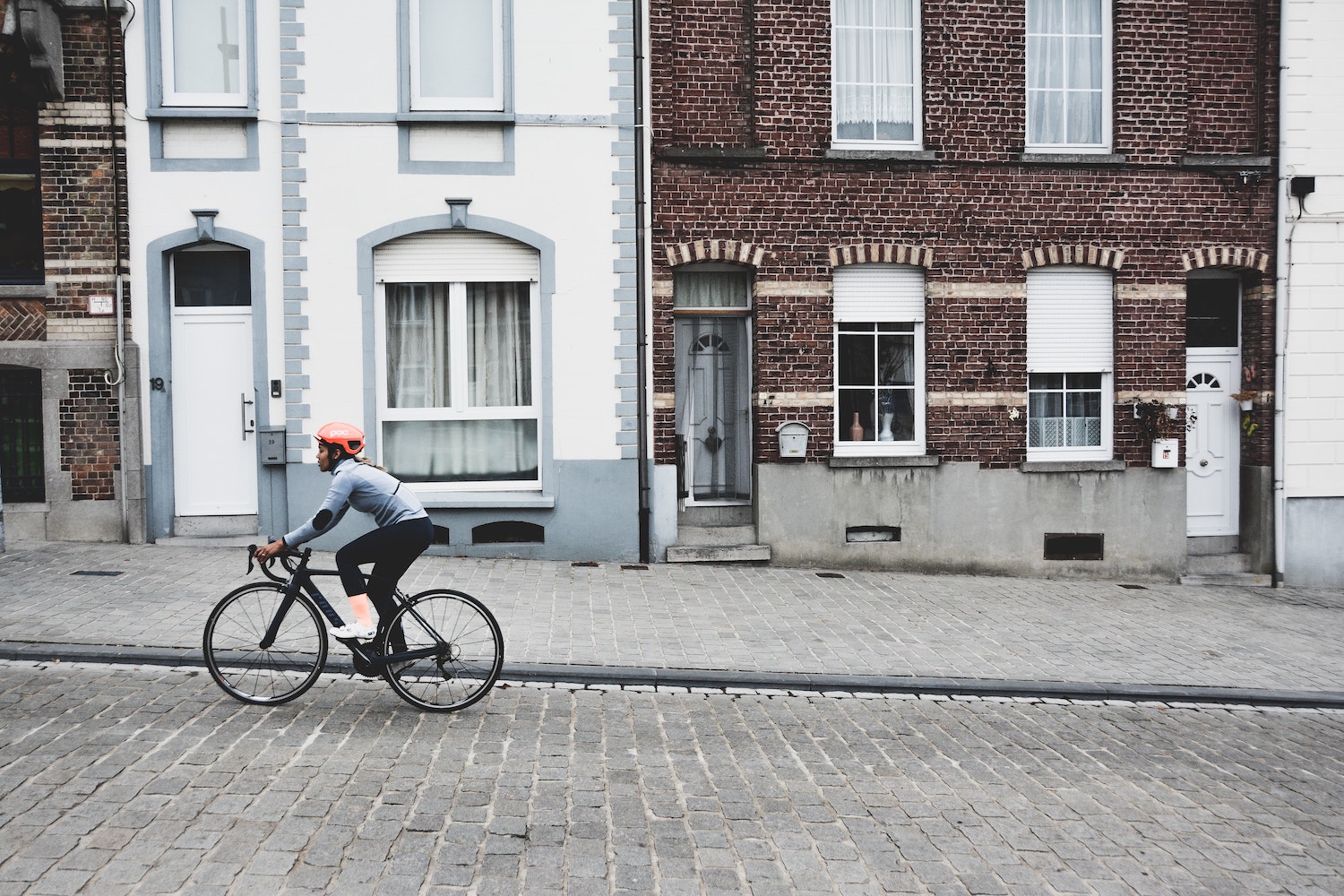
As countries around the world emerge from the uncertainty of returning to work and life, city dwellers and cycle-enthusiasts alike are seeking a socially-distant alternative for their daily commute. With cleaner air and quieter streets—albeit temporarily—many people are also opting to cycle to exercise or get around post-lockdown. In response, some cities are amplifying the benefits of traffic-free streets, creating dedicated (and protected) bike lanes, and making improvements to bike-share programs to encourage residents to cycle to work.
Here’s a look at the cities leading the charge with cycle-friendly infrastructure, plus tips for staying safe if you decide to ride.
Seattle, Washington
In order to make room for the increase in pedestrian and cycle traffic (and corresponding decline in car traffic), Seattle made 20 miles of streets completely traffic-free during the COVID-19 crisis. Now, as lockdown restrictions lift, the city has decided to maintain their traffic-free status, hoping to encourage those returning to work to do so by bicycle—a transportation method that’s not only socially distant, but better for the environment.
Paris, France
A city intimately familiar with cycling culture—its Vélib’ Métropole bike-sharing program has more than 18,000 bikes alone—Paris is upping the ante as residents emerge from lockdown. Over 30 miles of new bike lanes have been created throughout the city, including closing off car traffic to Rue de Rivoli, one of its most famous streets.
The French government has also offered to subsidize the cost of bicycle repairs, enabling residents to better prepare for post-lockdown cycling.
Portland, Oregon
According to U.S. census data, Portland holds the title of most bike commuters in a large U.S. city with 6.1 percent of residents cycling to work. In response to COVID-19, the Portland Bureau of Transportation is offering subsidized BIKETOWN (the city’s bike-share program) Pay-As-You-Go plans and reduced overage fees for Month-to-Month and Annual Members.
Madrid, Spain
BiciMAD, Madrid’s highly successful bike-share program, has reopened now that the country has begun lifting its strict lockdown measures. To encourage safe and renewed ridership, bikes are disinfected nightly and riders are required to wear gloves.
Madison, Wisconsin
Madison holds the number two slot for large U.S. cities with the highest percentage of those biking to work at 5.1 percent. The city is home to more than 240 miles of bikeways that support an active outdoor community. Thanks to Madison BCycle, the city’s bike-share program, bikes are widely available. And yes, locals cycle year-round—even in the snow.
Copenhagen, Denmark
Pre-pandemic, 41 percent of Copenhagen’s daily commuters were cyclists—cementing the Nordic capital as the most cycle-friendly city in the world. Its network of paths and bridges form cycling superhighways across the city.
Copenhagen is also one of the safest places to be a cyclist. Over a ten year period, cyclists’ reported sense of safety rose from 53 percent to 76 percent. But city council leaders don’t plan to stop there. Officials want to see that figure increase to 90 percent by 2025, by which time Copenhagen also wants to become carbon neutral.
London, United Kingdom
As part of Mayor of London Sadiq Khan’s Streetspace plan, many of Central London’s streets will soon be designated car-free and open to walking and cycling only. These new designations—implemented in response to COVID-19—will encourage people to walk or cycle instead of taking the Tube or other public transit options, as well as support the Mayor’s efforts to improve air quality in the city.
In a press release, Mayor Khan stated, “We can’t see journeys formerly taken on public transport replaced with car usage because our roads would immediately become unusably blocked and toxic air pollution would soar. We will need many more Londoners to walk and cycle to make this work. That’s why these plans will transform parts of central London to create one of the largest car-free areas in any capital city in the world.”
Tucson, Arizona
Thanks to a network of trails and paved paths known as The Loop, Tucson-area locals can cycle for more than 130 miles, car-free. Pre-pandemic, 2.4 percent of the city commuted to work by bike. Tugo, the city’s bike-share program, is currently offering riders a free 30-day pass to help those in urgent need of transportation.
Milan, Italy
In response to COVID-19, officials in Milan announced an open roads plan, aptly named Strade Aperte, that will convert 22 miles of streets to bike and pedestrian lanes, introduce new and widened sidewalks, and reduce speed limits.
Tips for cycling safely
If you’re considering purchasing a bike for exercise or your commute, or dipping your toe with a bike-share rental, riding safely should be top of mind. Heed these safety tips as you ride:
- Always wear a helmet.
- The CDC recommends wearing a mask or face covering in public settings where it’s hard to consistently keep your distance from others, including exercising outdoors.
- Sanitize bike-shares before and after riding them, wiping down all touch points with disinfectant.
- Some programs require riders to wear gloves, so consider adopting this policy for anytime you ride a shared bike.
- Wash your hands immediately after riding.
- Research local traffic regulations to become familiar with where bikes can and can’t go.
- Familiarize yourself with cycle-friendly routes—especially new bike lanes and car-free street openings.
Whether you’re cycling to work, for exercise, or to improve your overall mental health, doing so not only benefits you, but also the lives of others as well as the environment. Fewer people riding public transit enables those that must to maintain a safe and social distance from other riders. As for the environment, swapping a car for a bike helps promote a sustainable world—one with fewer emissions and cleaner air for everyone.

